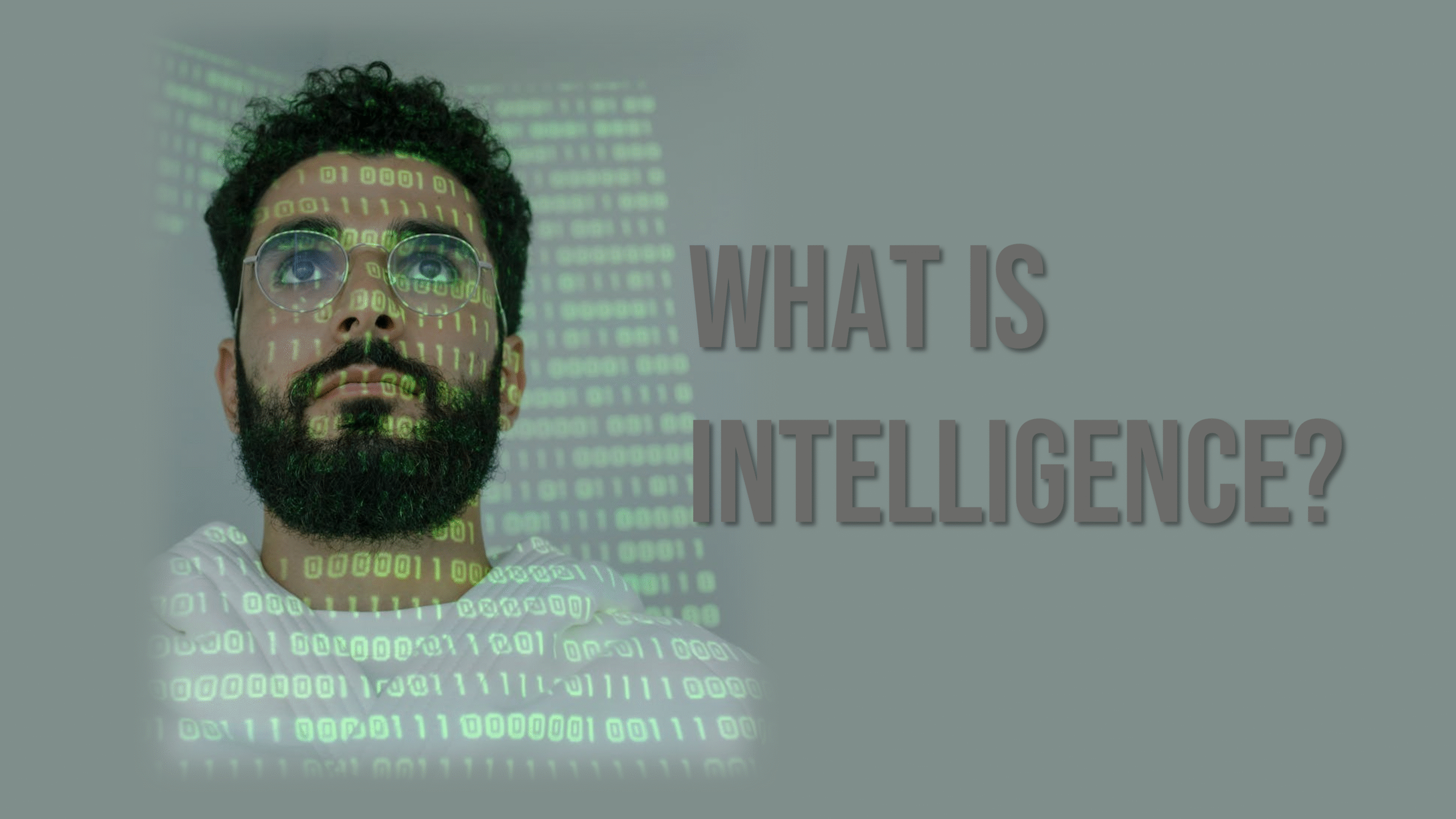A New Kind of Intelligence: Leading Through Ambiguity
Ten years. That was the horizon for the beverage company’s ambitious strategic plan, crafted with precision, backed by data, and aligned with long-term market trends. They had mapped out everything: product innovation cycles, sustainability milestones, and global expansion targets. But just two years in, everything changed. A surprise merger with a tech-driven health brand disrupted the landscape. Suddenly, the leadership team had to pivot – not just tactically, but cognitively.
We worked with the leadership team to identify how to strategically adapt. They weren’t short on intelligence. They had brilliant analysts and emotionally attuned leaders. But what they needed was something else: an ability to hold competing truths, navigate ambiguity, and make decisions without clear precedent.
This is the kind of intelligence we have come across in the best leadership teams we have worked with, and one Kathryn Hayden explores in her thought-provoking piece, A New Kind of Intelligence.
Kathryn’s article dives into the limitations of traditional intelligence tests and asks bold questions:
- Do IQ tests really measure intelligence—or just a narrow slice of cognitive function?
- Will creative intelligence become more robust as we interact with AI?
- Could spiritual intelligence gain traction in Western contexts as we redefine what it means to be human?
- Are we still overlooking practical and creative thinkers in systems that privilege theoretical knowledge?
Beyond IQ and EQ: The Intelligence of Integration
There has already been a significant shift beyond IQ to also recognise emotional intelligence (EQ), which has been critically important. We now often talk about IQ and EQ as the twin pillars of capability. But what if true leadership demands an additional dimension? One that connects intuition and the ability to hold complexity without rushing to resolution.
Beyond IQ and EQ, this dimension goes deeper. This type of intelligence spans different capability areas and unlocks greater creative potential, and focusing on developing it can help ensure resilience and sustainable success.

This type of intelligence can be understood as the ability to deal with ambiguity, or the capacity to integrate opposing forces, such as: logic and emotion, action and reflection, certainty and doubt. It’s what enables leaders to stay grounded while adapting, to listen deeply while acting decisively, and to foster innovation without losing coherence.
We know from Paul Torrance’s work that creative thinkers are able to accept ambiguity and work with it. The most effective leaders aren’t just smart or empathetic. They’re also able to lead through complexity, not despite it. In our work from leadership workshops to cultural transformation programs we’ve seen this play out globally time and again.
Cultivating the Ability to Accept Ambiguity
It can be helpful to remember that leading through ambiguity isn’t simply a mindset shift. It’s a capability that can be cultivated.
Studies show that 70–80% of the most creative thinkers are missed when standardized tests are the only measure. So how do we identify and nurture the ability to work with ambiguity in a way that’s meaningful and measurable?

In today’s volatile, complex, and interconnected world, developing this type of intelligence is no longer optional. It’s essential. It helps leaders:
- Hold multiple perspectives without collapsing into indecision
- Foster authentic collaboration across diverse teams
- Make decisions that balance competing demands
- Avoid groupthink and encourage critical dialogue
- Drive sustainable innovation through complexity, not simplicity
If you’re exploring what it means to lead with depth and adaptability, delving into Kathryn’s article is worth your time. It’s a call to rethink intelligence—not as a score, but as a dynamic capability for navigating the unknown.
🔗 Read the full piece by Kathryn P. Haydon | A new kind of intelligence
What will the future say is the highest level of thinking? “Sometimes paradox isn’t a problem to solve — it’s a tension to hold.”
 Solving Wicked Problems:
Solving Wicked Problems:
Harnessing Creative Intelligence (CQ) skills for a competitive business advantage.
We have recently used this approach with some leading automotive companies (such as: Toyota, Daimler, Mercedes-Benz, SIAC Motors, SG Fleet, & Rockwell Automotive), as they work through the challenges of:
- Sustainability, Government Emissions Standards
- The rise and place of the EVs
- Competitive pressure from Chinese cars entering the market
- Decarbonisation pathways, balancing cost, infrastructure availability, and operational requirements
See how this program can help your teams’ CQ to solve wicked problems. (Keynote / workshop / business facilitation / + online self learning self-led)
https://tirian.com/key-topic-suites/create/creative-thinking-fundamentals-who-killed-creativity/


